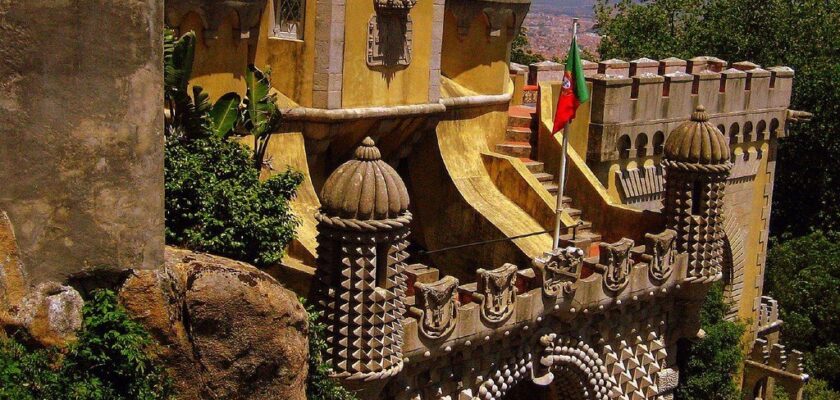Pena Palace (Palácio Nacional da Pena)
Palácio Nacional da Pena is a palace in Portugal, perched on a high cliff above Sintra and has a fantastic pseudo-medieval style. The palace is a former royal summer residence that was built on the site of what was formerly an abandoned monastery.
The Pena Palace is a national monument and a cultural religious jewel of Portugal. Thousands of tourists come here every year to see this monument, recognized as a UNESCO World Heritage Site, which has been declared one of the Seven Wonders of Portugal, in person.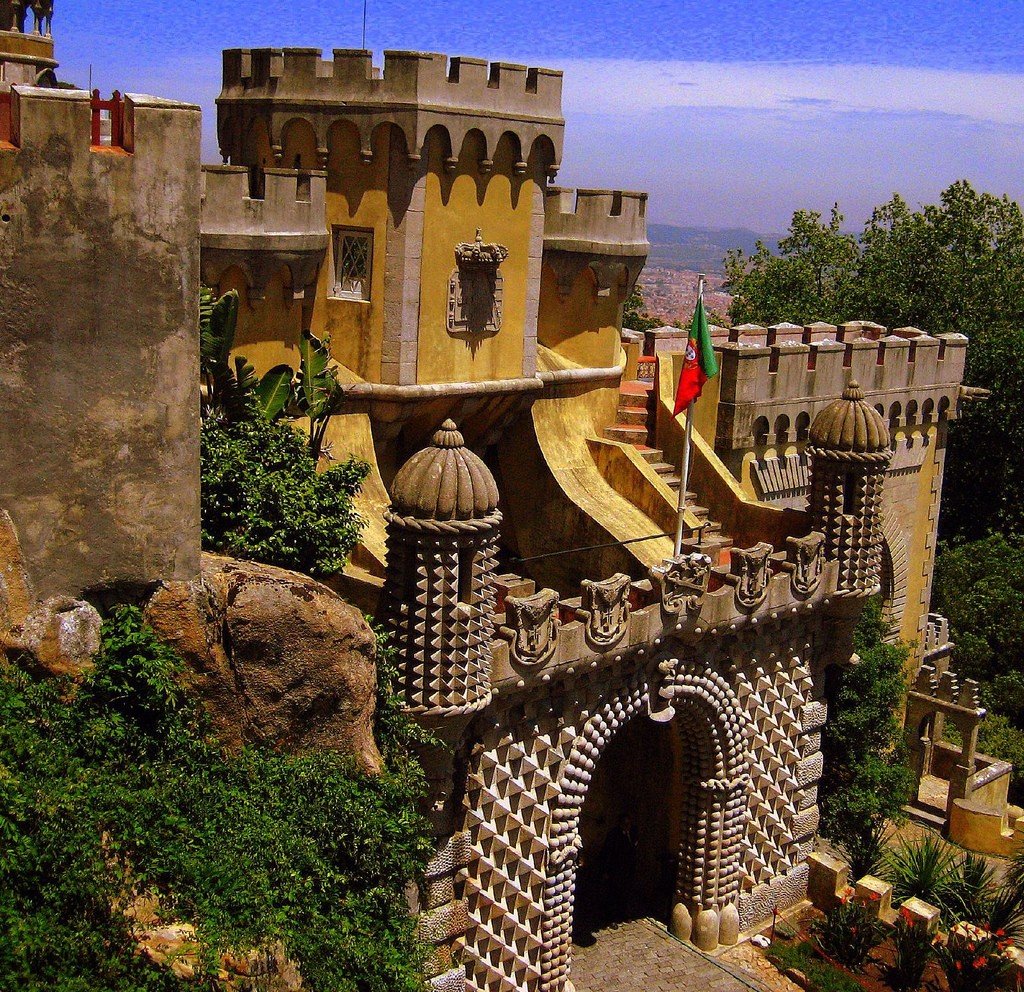
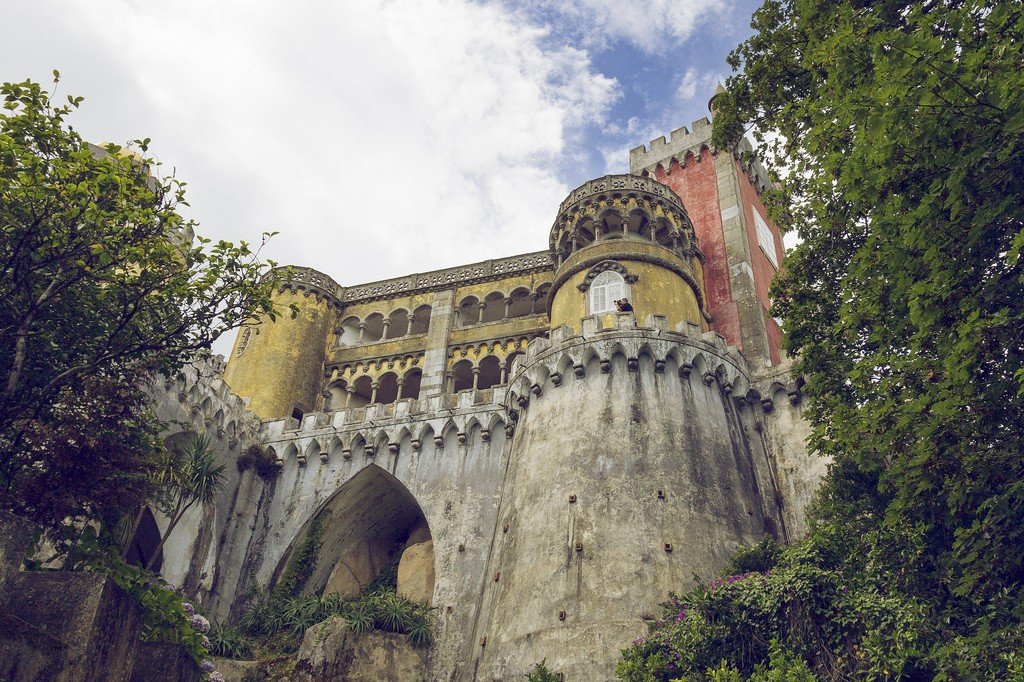
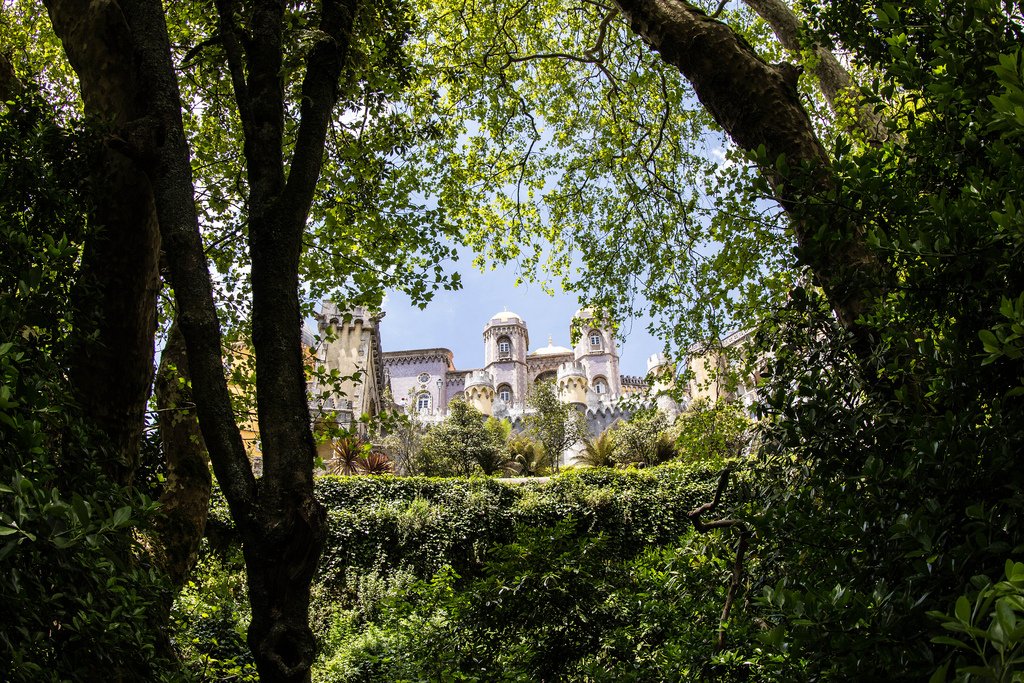
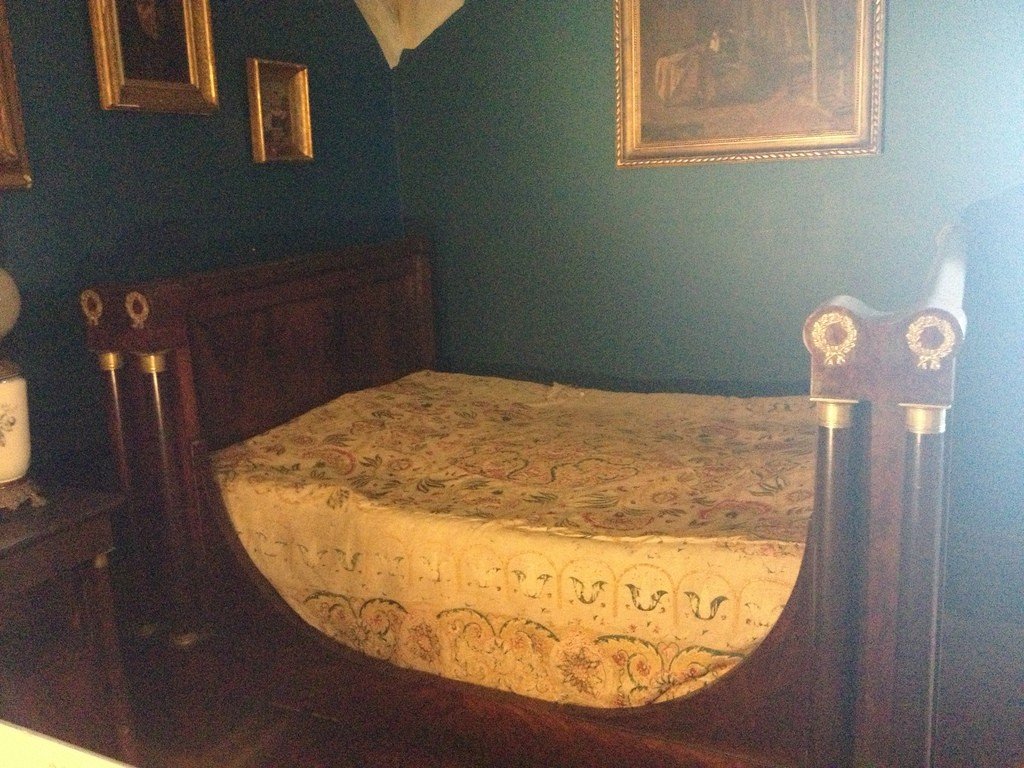
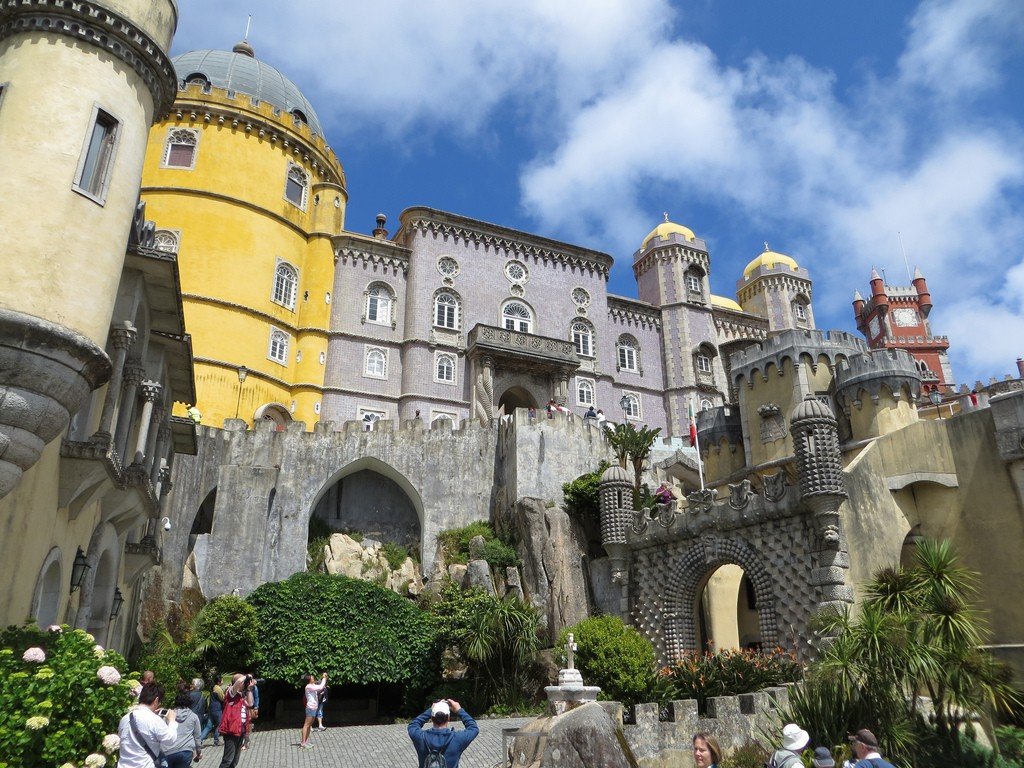
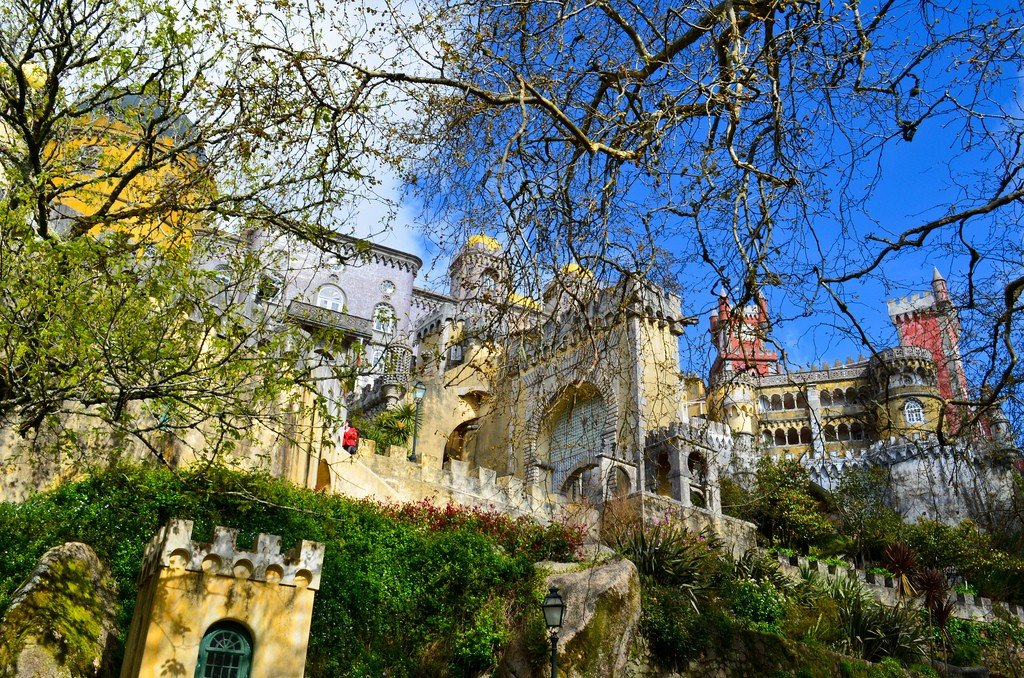
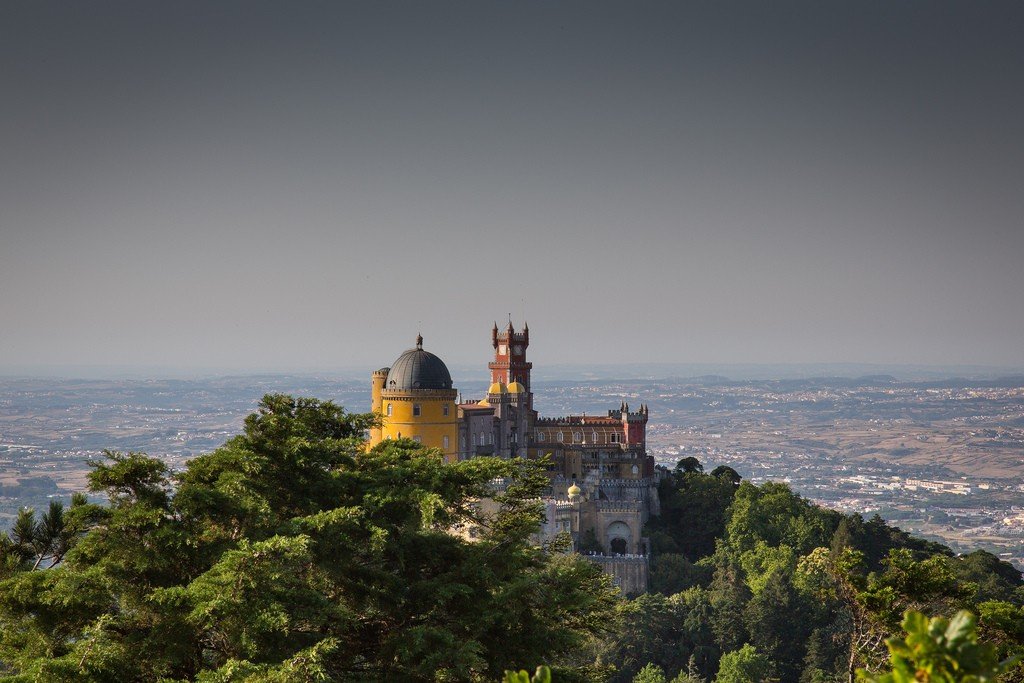
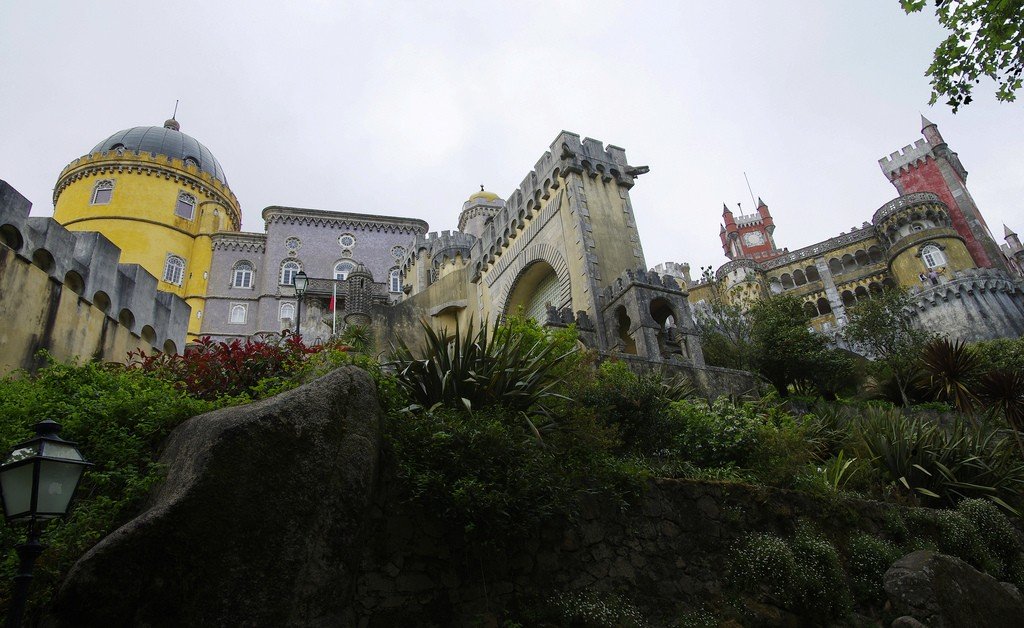
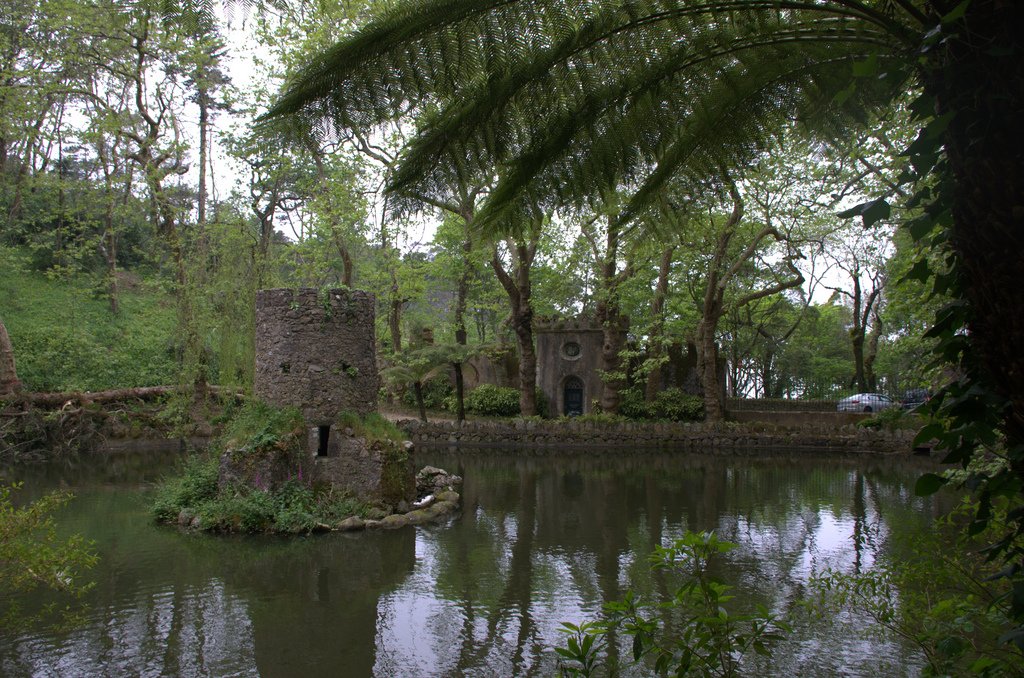
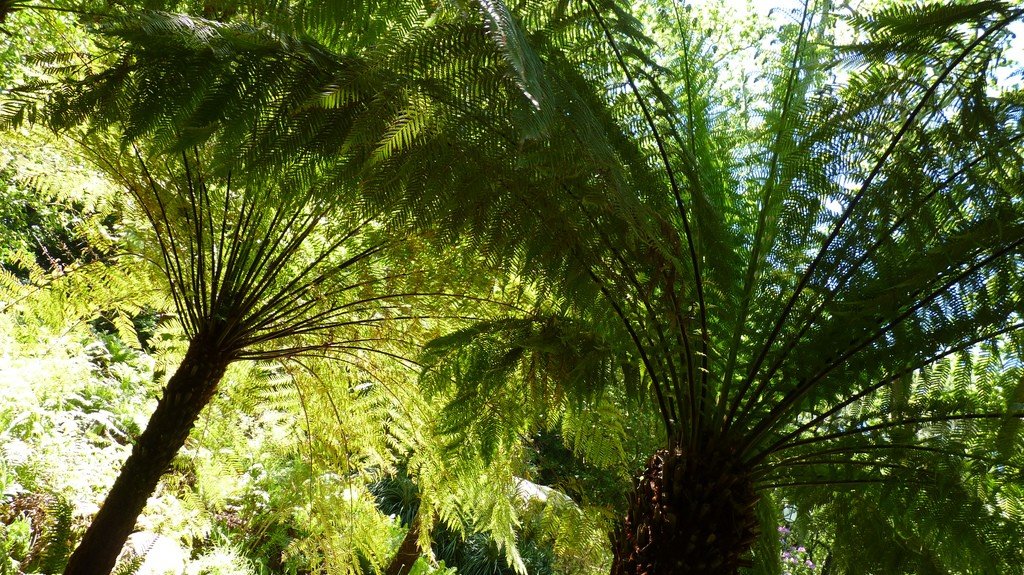
History
The history of the palace begins in the Middle Ages. It is believed that at that time an apparition of the Virgin Mary took place on the hill, after which the chapel of Our Lady of Pena was built in that place.
.
King Manuel I was very fond of the place and he had a monastery built and added to the temple, and for several centuries it was a quiet place where dozens of monks worshipped and meditated. In all, a maximum of 18 monks lived here. The great earthquake of 1775 destroyed the monastery, turning it into ruins, but the chapel miraculously survived. The place was deserted and no one visited it for almost a century. However, in 1838, the ruins were visited by the young Prince Ferdinand, who was struck by the beauty of even such a dilapidated structure. The prince purchased the land, including the neighboring Moors Castle, in order to build a castle for the royal family of Portugal.
.
Baron Wilhelm Ludwig von Eschwege, a mining engineer from Germany, was hired to build it. He traveled extensively and designed the palace in a romantic style, using architectural elements from many different countries. The diverse exotic mix of styles included: eclectic style, neo-Gothic style, neo-Renaissance style, and pseudo-medieval fragments. Prince Ferdinand and Queen Mary II actively participated in the creation of the project of the palace, made suggestions on its design and symbolism. At the suggestion of the royals, vaulted arches and sumptuously beautiful windows were added to the main facade. After Ferdinand, the palace became the property of Alice Hensler, his second wife. She, in turn, sold the Pena Palace to King Louis, who set about restoring it so that the royal family could visit it. After the restoration of the palace, the king and his family actually came to this luxurious castle quite often. The construction work was completed in 1854. This luxurious palace did not, however, serve as a royal residence for long.
. In 1910, Portugal’s last Queen Amelia spent her farewell party in this palace before leaving the country for good. The Republican Revolution led to the palace being declared a national monument and opened to the public as a museum. Over the years, the red and yellow colors of the palace facade were erased, and the palace looked gray for many years. Towards the end of the 20th century, the palace was repainted and the colors returned, causing many Portuguese to be alarmed, as they had no idea that the palace had once been painted in such bright colors..Architecture
The interior of Pena Palace has been preserved as it was, after Queen Amelia’s departure. The complex consists of four parts: the base of the palace, with its surrounding walls with sluices and lift bridge; the old cloister and clock tower, restored after destruction; the courtyard in front of the chapel, decorated with Moorish arches; the palace area and bastion, cylindrical in shape with interiors presented in cathedral style. Many fragments have been preserved from the original buildings, such as the chapel, the monastery dining room and the sacristy. These structures are surrounded by a wide terrace, which offers the best view of the palace, suitable for viewing its architecture.
An interesting attraction of the palace complex is the clock tower dating back to 1843. The tower’s sundial activates a mechanism that produces a cannon shot every day at noon. Another attraction is a depiction of a newt, which symbolizes the personification of the creation of the world.
.Pena Palace is surrounded by a huge forested area, spread over more than 200 hectares. The exotic flavor of romanticism is also noticeable in the decoration of the park. By order of Prince Ferdinand, a wide variety of plants from distant lands were brought here. North American magnolias, Chinese ginkgoes, Japanese camellias, and various ferns from New Zealand can be found here. The paths and paths of the park form a whole system of labyrinths connecting the palace with different places and exits.
.
Useful information
Pena Palace is open daily from 9.30 to 19.00, with the park open until 20.00.Closed on December 25 and January 1.Cost: 13.50 €, children from 6 to 18 years old and pensioners – 11 € (from 9.30 to 11.00 a discount of 1 €).
.
